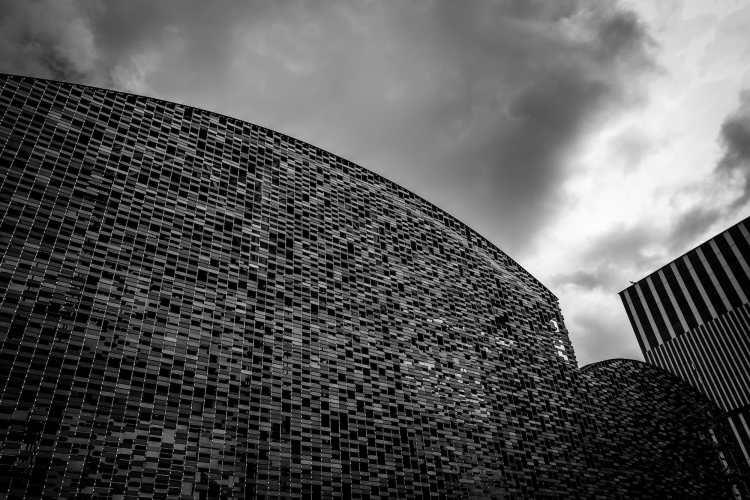mscty x shanghai
MSCTY x Shanghai
A historical red brick shipyard re-realized through the vision of Kengo Kuma, put through a musical filter by Anuar Kaldekhan + MSCTY.
ABOUT
Diving for Pearls!
Towards the dying embers of the 19th century + the first sparks of the 20th, Shanghai emerged as China's largest industrial hub.
Times move on, and as the century progressed and the economy progressed to embrace new ways of living + working, the question arose:
How to best pay respect to the city's vast heritage whilst modernizing for the demands of 21st century life in contemporary China?
As a result of this considered approach, the modern city of Shanghai has successfully retained much of the heritage buildings and their legacy while embracing the new.
Kengo Kuma's renewal of 1862 Theatre, formerly known as Shanghai Shipyard, is a perfect embodiment of this successful urban renewal in practice, and connects Japan's leading architect with a vast red-brick warehouse – originally a shipyard built in 1972 in a historic port zone – now used to house a multi-purpose recreational facility that retains the fittings, shell, and charm of a site once used to house large ships.
EXPLORE

1862 Theatre.
"I arrived in Shanghai with the grasslands and horses of Northwestern China in my blood. I was a stranger to the sea and ships. Yet my current "navigating" and "nomadic state" are what led to the choice of the 1862 theatre. When I first saw its internal and external structures, I was struck by its strong industrial feel. During the second live recording process, the sound of different materials in the building fascinated me. The muffled sound of a passing shipping vessels on the surface of the river outside the theatre and the noise of building construction - the soundscape they formed is vital.I decided to use these rich tone samples in the music piece named 1862. The sounds in these four Chinese number characters resemble a password."
– Anuar Kaldekhan